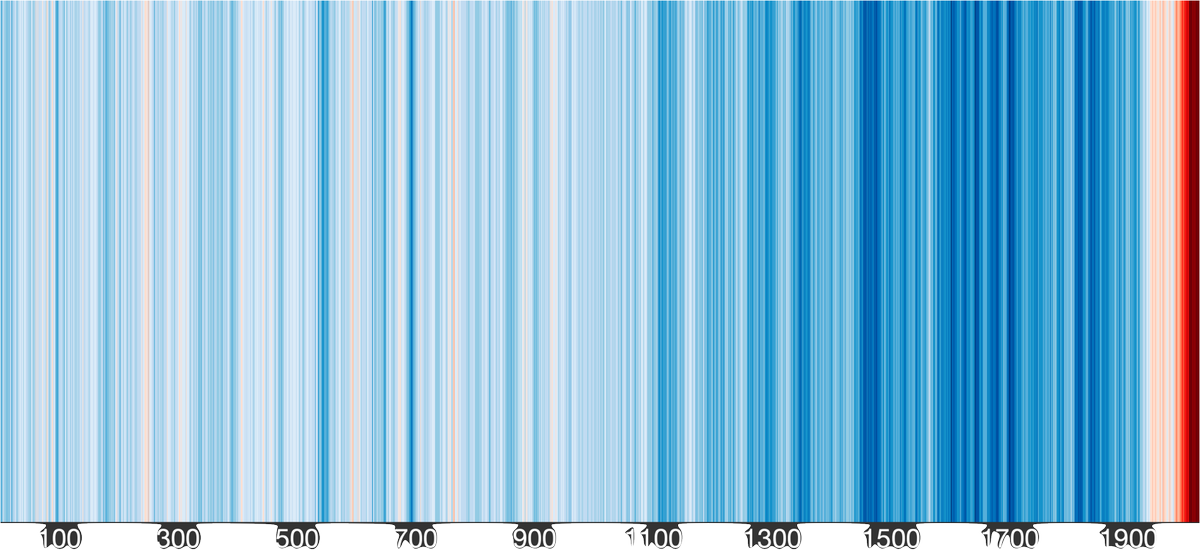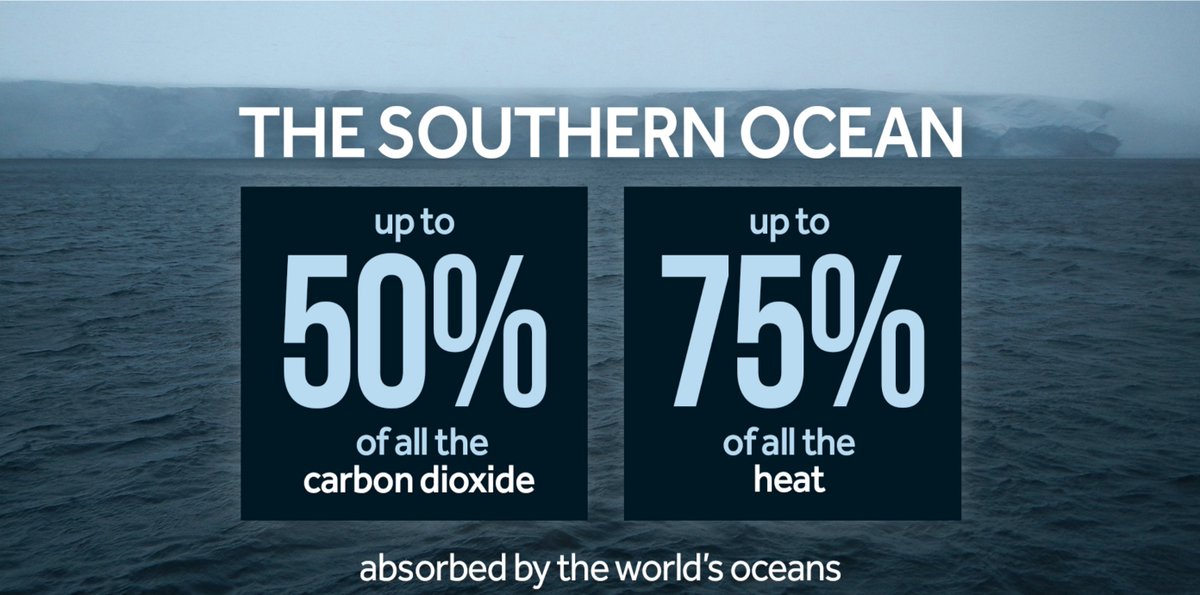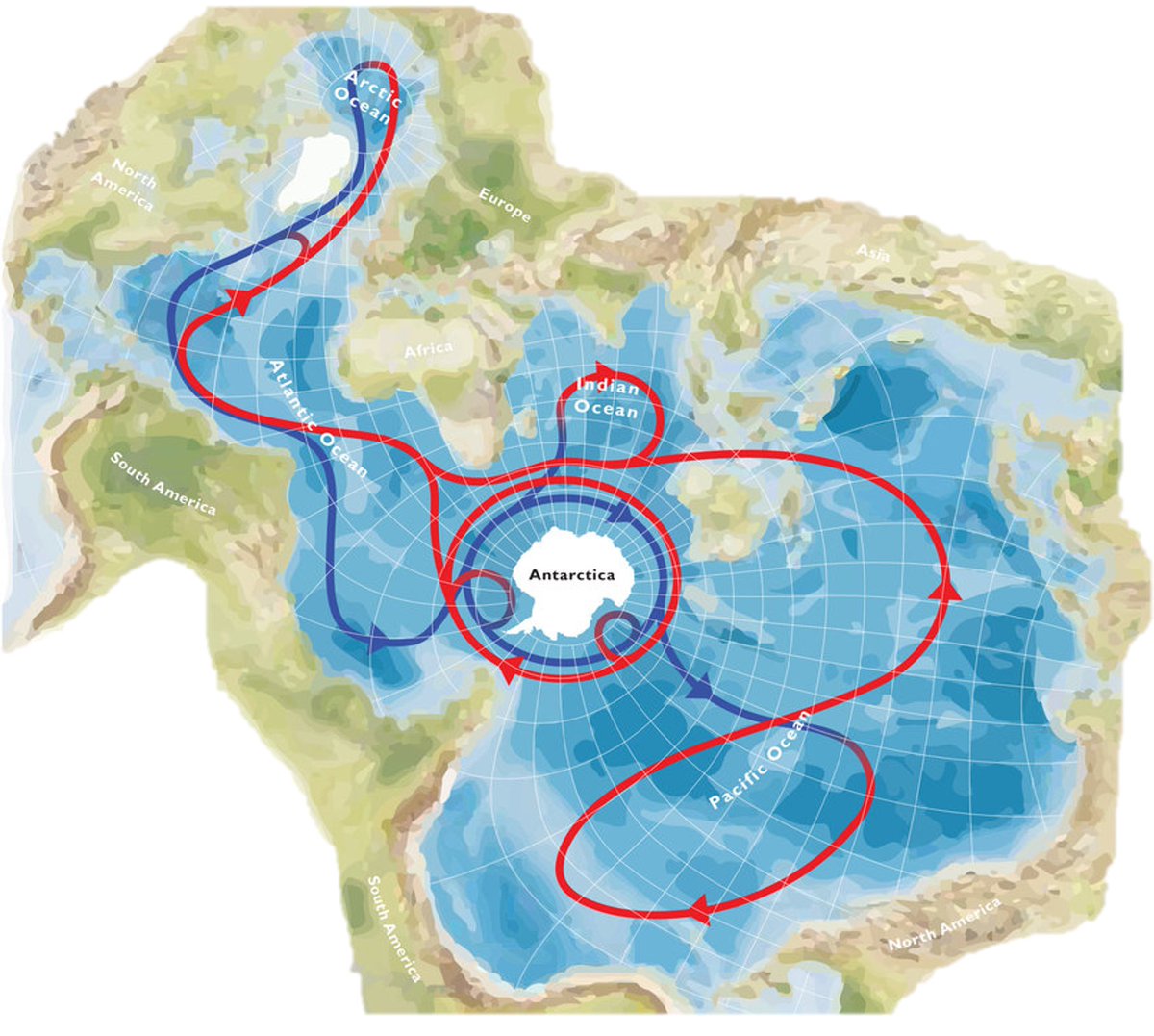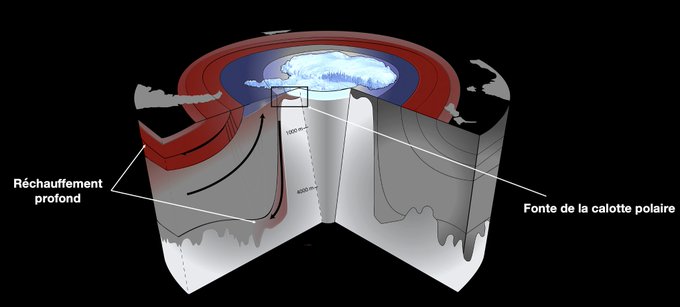Questo sito web utilizza i cookie per potervi offrire la migliore esperienza d'uso possibile. Le informazioni contenute nei cookie vengono memorizzate nel browser dell'utente e svolgono funzioni quali il riconoscimento dell'utente quando torna sul nostro sito web e l'aiuto al nostro team per capire quali sezioni del sito web sono più interessanti e utili per l'utente.
After 4 weeks of quarantine due to delays associated with challenging ice conditions, the SO-CHIC group made it to the ship a week ago, as always amazed by the beauty this unique place, and pumped up for starting science !
Jean-Baptiste Sallée - coordinator of the project explains why it is important to travel across the globe and investigate such an atypical place.
----- // -----

But why are we going on an icebreaker in the Southern Ocean? Let me tell you in a short thread how this ocean at our antipodes is a real thermostat of the planet and what we are going to do there!
As the last IPCC report published last August tells us, global warming has been unprecedented for more than 2000 years. 100% of this warming is due to human activities.
But this atmospheric warming is only a tiny part of the story: barely 1% of the energy accumulation that is associated with climate change.
It is below the ocean surface that we realize the magnitude of climate change: more than 90% of the heat of climate change is found there!


And this role of the ocean as a sponge is particularly effective at our antipodes in the Southern Ocean: more than 75% of ocean heat absorbed by the oceans enters the Southern Ocean. It also absorbs huge amounts of carbon.
The Southern Ocean reduces the atmospheric warming and extremes of weather that we experience around the world. We don't realize it, but it is crucial to our daily lives. But why this ocean in particular?
The Southern Ocean is immense, representing more than 1/3 of the planetary ocean surface; it is unique in many ways and the place of extremes: violent winds and currents, sea ice, in contact with the Antarctic polar ice cap, refuge for a unique biodiversity.


The extreme climatic conditions and the presence of ice allow the establishment of a unique circulation connecting surface and depths, with the establishment of what could be seen as underwater waterfall propagating the climatic signals in the ocean depths.
The Southern Ocean is a keystone of the global ocean circulation, the conveyor belt connecting all the oceanic regions of the world and regulating the global climate.
But this service it provides us with comes at a high cost. Its subsurface is warming rapidly, up to the abyss; it acidifies and loses oxygen. This impacts the unique biodiversity of the region, causes sea level rise, and threaten the stability of Antarctic polar ice cap.

That is in this context and for these reasons that the European Commission mandates us through the @SO_CHIC_EU project to lift important knowledge gaps on the role of the Southern Ocean for climate.
The main questions we are tackling are: (i) Will the Southern Ocean carbon and heat sponge continue to function as efficiently in the future? (ii) Can we expect abrupt releases of heat and carbon into the atmosphere?
The SO-CHIC project brings together experts on the Southern Ocean and climate, using a combination of observational and numerical modeling tools.
The current field mission is one of the contributions to the project's multi-year observational program using a variety of ships

